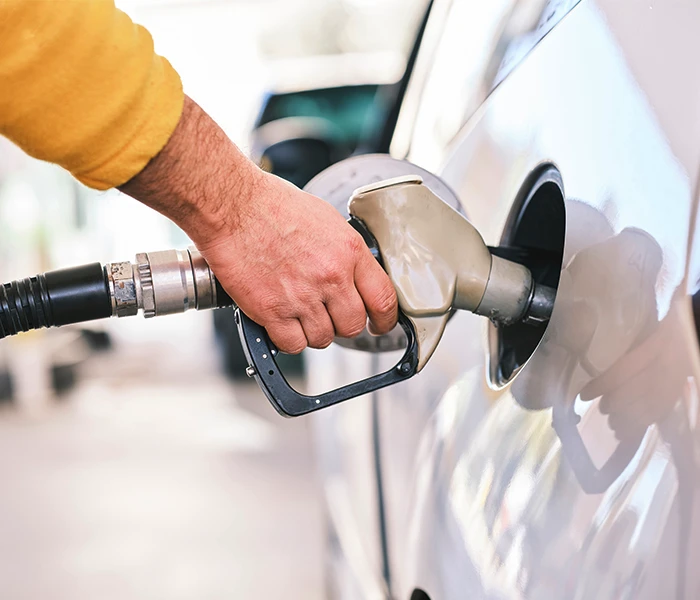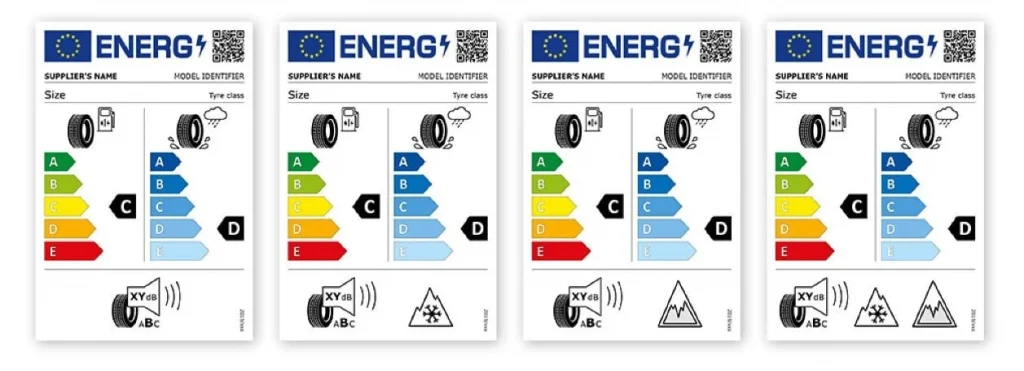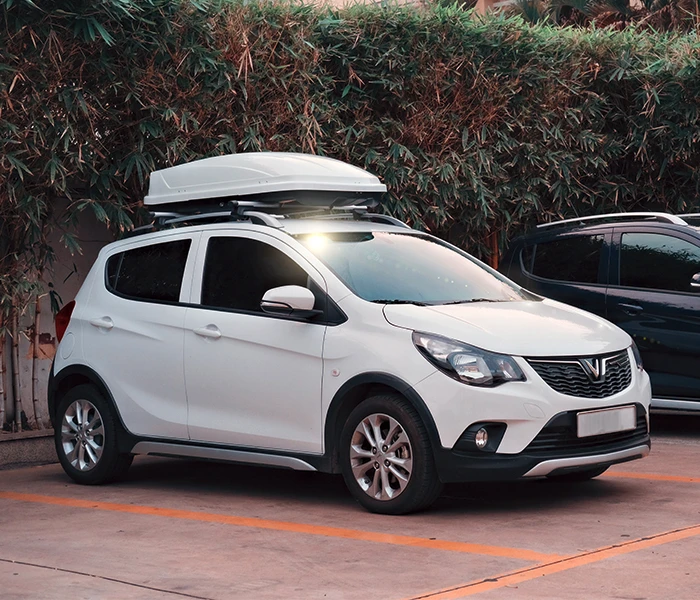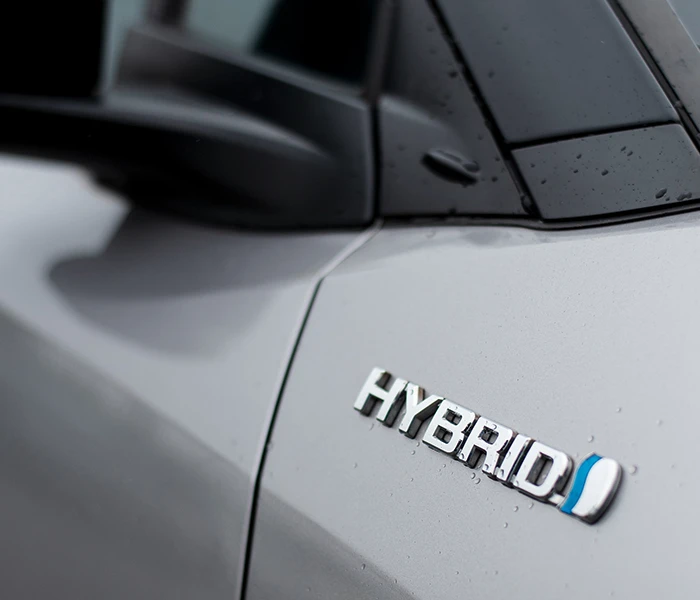
With the cost of living constantly on the rise, saving that little bit extra where you can goes a long way. Understanding how to improve fuel economy can be easily overlooked, but you will see that some money-saving tips are relatively easy.
Reducing how hard your engine needs to work when driving is ultimately how to improve fuel economy. Because the harder your car’s engine has to work, the more fuel it needs!
- Check Your Tires
- Drive Smoothly and Efficiently
- Avoid Excessive Idling
- Limit Using Your Aircon and Heating
- Reduce Weight
- Minimise Drag
- Plan Your Trips
- Vehicle Maintenance
- Upgrade Hybrid or Electric
- Shop Around for Fuel
1. Check Your Tires
Tire Pressure
Checking your tire pressure is a job we all hate to do, but one that could save you money on your car’s fuel bill.
When you consider that your tires are the key element of your car connected to the road, it makes sense that they can impact the fuel economy.
Soft tires increase the rolling resistance between the road and the rubber of the tire. This higher resistance means your car’s engine needs to work harder when you drive. The harder your engine works, the more fuel you burn, costing you more money to reach your destination.
If you need help checking your tire pressure, then the RAC has a good guide.
Tire Efficiency Rating


When you are shopping for replacement tires for your car, consider the fuel efficiency rating of the tire itself.
Tires are rated on a scale of A to E, with A being the most fuel-efficient and E being the least. How much you could save from choosing an A-rated tire over an E-rated tire will be influenced by several factors, but you will generally save money.
Tyre manufacturer Goodyear state: “The difference between an A rating and a G rating could mean a reduction in fuel consumption of up to 7.5%. To put this in real terms, choosing A-rated tyres instead of G-rated tyres could save you more than 6 litres of fuel every 1,000 kilometres.”
2. Drive Smoothly and Efficiently
It is no surprise that how you drive impacts the fuel economy of your car. The more you maintain a consistent speed throughout your journey, the more you will improve fuel economy.
Accelerating hard requires your car’s engine to work harder, using more fuel and costing you more money. Having to brake hard means you need to accelerate back up to speed, indirectly causing you to use more fuel.
When you are on the motorway, try to use cruise control to keep a consistent pace.
Pay attention to traffic patterns ahead and try to anticipate slowdowns or stops. Anticipating traffic flow allows you to adjust your driving accordingly, avoiding unnecessary acceleration and braking.
3. Avoid Excessive Idling
Idling uses more fuel than people sometimes realise. If your car is at a standstill but isn’t going anywhere, you still use fuel. Consider turning off the engine if you anticipate being stationary for over a minute.
Newer cars come with “stop/start” technology, which will automatically switch off the car when you have been at a standstill for a certain period and then start it back up again when you go to drive off. It is a great feature for saving fuel without you having to do anything.
However, remember that frequent starting and stopping can also consume additional fuel, so use your judgment based on the situation.
4. Limit Using Your Aircon and Heating
Using your car’s aircon and heating takes power away from the battery. Your vehicle takes energy from the engine to recharge the battery, which means using more fuel.
In the warmer months, there is a fine balance between using your car’s aircon and having the windows down. Using your car’s aircon will increase fuel consumption, but as weird as it sounds, so can having your windows down. Driving with your windows open increases the drag of the vehicle. The car’s engine must work harder to pull against the increased resistance created by this drag effect.
A good balance is to use the aircon on the motorways or at higher speeds when drag is at its highest and then open the windows when you are on a shorter, slower trip.
Unfortunately, in the colder months, you don’t have the luxury of opening the windows to heat the car. But throwing on an extra coat or getting some driving gloves may help with the shorter journeys. Keep a blanket in your vehicle for passengers. However, we don’t recommend using a blanket if you are driving.
5. Reduce Weight


The heavier your car is, the harder the engine has to work to move it forward, which uses more fuel.
Consider removing unnecessary items from your car that you carry around but don’t use regularly, such as roof boxes and bike racks that only get used in certain situations.
6. Minimise Drag
Open windows can create additional drag when driving at higher speeds, meaning your car needs more fuel to work harder at moving forward. Roll up your windows and utilise the vehicle’s ventilation system or air conditioning to minimise aerodynamic resistance.
Roof racks and cargo carriers can increase wind resistance, negatively affecting fuel economy. If you’re not using them, consider removing them to improve aerodynamics and reduce fuel consumption.
7. Plan Your Trips
Combine Errands
Plan your trips efficiently to minimise unnecessary mileage. Combining multiple errands into a single journey maximises fuel efficiency by reducing the number of cold starts and short trips.
Avoid Traffic Congestion
Heavy traffic can significantly impact fuel economy due to frequent stops and slow movement. Whenever possible, plan your trips during off-peak hours to avoid congested roads.
Utilise GPS Navigation
Use GPS navigation systems or smartphone apps to find the most efficient routes. These tools can help you avoid traffic congestion, choose shorter distances, and locate the nearest gas stations with competitive prices.
Newer systems will often give you a choice of route for the “fastest” or the “eco” route, which can help you get to the same destination in a similar amount of time, only using less fuel.
8. Vehicle Maintenance
Regular Engine Maintenance
Keep your vehicle’s engine in top shape by adhering to the recommended maintenance schedule. Regular oil changes, air filter replacements, and spark plug inspections can improve fuel economy and prevent mechanical issues that may impact efficiency.
Use the Right Motor Oil
Choose the motor oil recommended by your vehicle manufacturer. Using the correct viscosity and high-quality motor oil can reduce friction and improve engine performance, leading to better fuel economy.
Check for Fuel System Issues
Regularly inspect your fuel system for issues like clogged fuel injectors or a malfunctioning oxygen sensor. These problems can negatively affect fuel efficiency, so addressing them promptly can result in noticeable savings.
Upgrade Hybrid or Electric


Hybrid and electric vehicles are on the rise, and Statistica projects the Electric Vehicles market to reach £15.66bn in 2023.
Hybrid cars save on fuel by using an electric motor under certain driving conditions. It is particularly efficient for short trips in and around an urban area or in traffic.
If you have an electric vehicle, you don’t need to consider your fuel economy. The conversation then shifts towards the range you can get from the battery.
Get in touch to get a personalised car finance quote →
Shop Around for Fuel
Using the petrol station closest to your house might not be the most economical choice. When driving around your area, keep an eye out for the cheapest option, and even if it means filling up your tank before it is completely empty, it may mean saving money in the long run.
Some petrol station prices can vary by a couple of pence per litre, which may not sound like a lot, but when added up, a full fuel tank could work out to decent savings.


